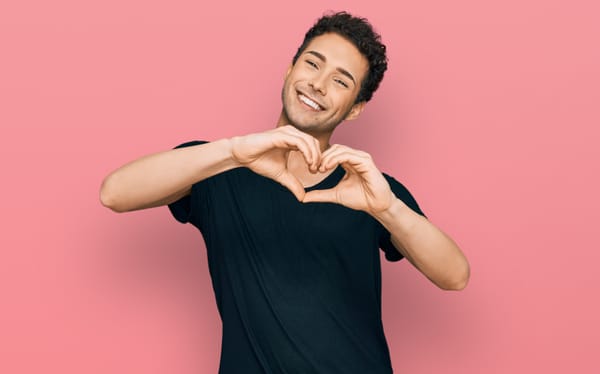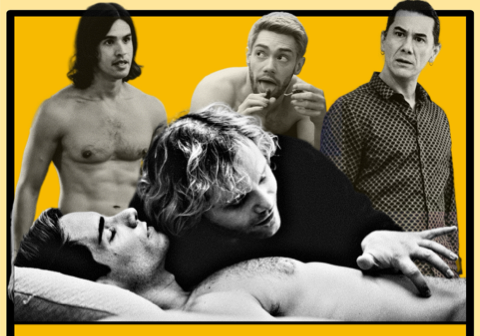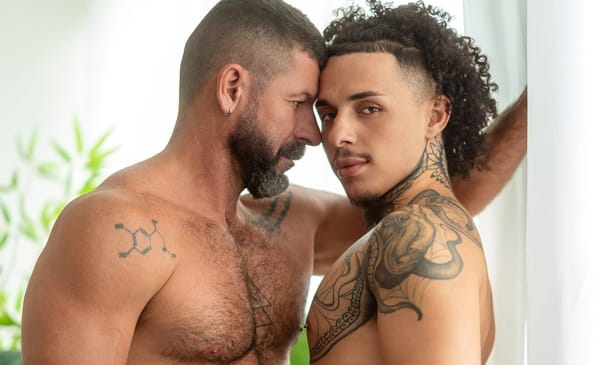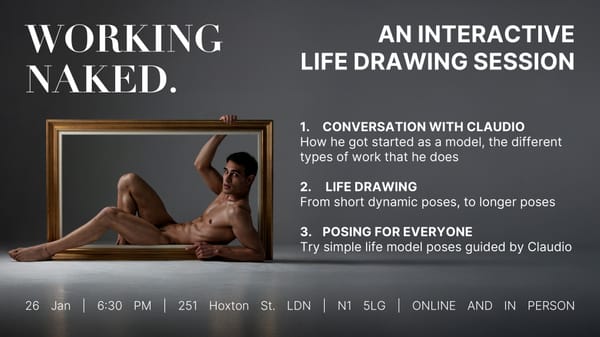Can you easily identify other gay men?
Time to put your Gaydar to work.
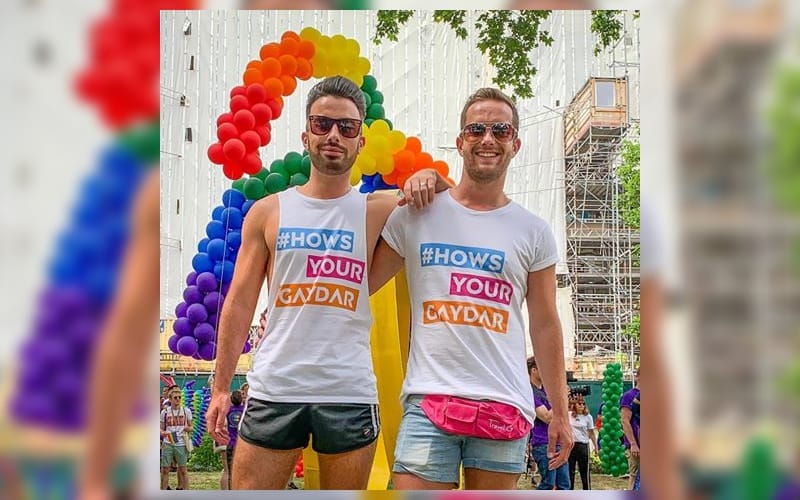
How finely tuned is your Gaydar? Can you intuitively tell if someone that you meet is queer? Is having a Gaydar even a thing?
What is a Gaydar?
The Oxford Dictionary defines the term 'Gaydar' as: "The supposed ability of homosexuals to recognise one another by means of very slight indications."
The origins of the word Gaydar aren't particularly clear, but it's a pretty ingenious mash-up of the words gay and radar that seems to have first appeared sometime in the late-80s and embedded itself into popular culture in the 90s.
The use of the term went next-level when Gaydar was adopted as the name of one of the first major online dating sites in 1999.
Are all queers the same?
Making lighthearted jokes about whether or not someone has set off your Gaydar might seem like harmless fun, but it's often unintentionally reinforcing a lot of the stereotypes that have been used against LGBTQ people.
We all know that the LGBTQ community is incredibly diverse - we come in all shapes and sizes. Sure, there's lots of things that we have in common, but we definitely don't all look the same.
Here at Gaydar, it's a word that we love and that we're proud to identify with. It feeds our X-Men fantasies that we're somehow building a Cerebro machine to help connect and bring together LGBTQ people around the world.
Having a Gaydar isn't about thinking that you might somehow know more about a person than they're comfortable revealing. Gaydar is about feeling part of something that's bigger than yourself. As LGBTQ people, we may all be different but we're never alone.
Don't rely on your imaginary super-powers to try and figure out if someone is into you. Use the technology and dive into the conversation on Gaydar.
The NSFW edition
If you want to admire some man-on-man action, our NSFW edition gives you every inch.
Sign in and check out our NSFW content - it's free!





